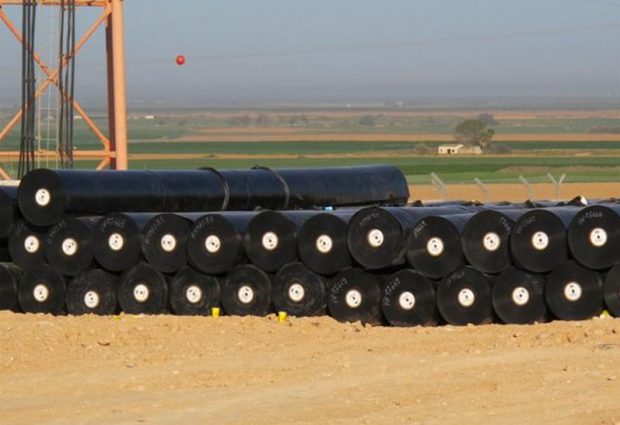Material Traits
Among the important traits of the polyethylene sheet is its full protection of the sealing system from a filling that consists of rocks and other materials (such as basement walls), protecting sealing systems found in horizontal surfaces (such as a paved roof).
Ideal and fast drainage when in contact with water (this way negative water pressure on the sealing system is avoided), and finally achieve a great advantage regarding the thermal seal that is maintained thanks to the sheets.
Betodrain is another type of polyethylene sheet with a much higher density than the usual sheet.
The sheet structure is three dimensional, which contributes to its unique strength.
The composite of the material is highly durable when coming in contact with harsh chemicals and also succeeds in withstanding challenging weather conditions.
When using this sheet, trust that it will maintain its important traits over the years, therefore will prove to have served its purpose.
Among the many different purposes these sheets are used for are:
- Protecting and draining sealing systems in reservoirs and even on roofs that are meant to go through a paving process.
- Protecting sealing jobs that cover thin concrete
- Ideal for blocking steam on walls and roofs
- Important in blocking dampness in places lower than the ground level.
- A good replacement for thin concrete pieces, when dealing with the lower part of house flooring.

Polyethylene at low density – polyethylene sheets at a density of between 0.93 and 0.915 square cm have a reasonable mechanical and a good tear-resistance.
This material is semi transparent, resistant to bacteria and fungus and has high water resistance.
Polyethylene at high density – polyethylene with high HDPE density of more than 0.96 square cm have a strong structure and are very though, more so than LDPE.
The transparency level of these sheets is not very good and they have low tear- resistance.
What are Polyethylene Sheets used for?
- To clear out asbestos according to the requirements set by the Ministry of the Environment
- Particularly transparent sheets for surfaces Cover programs
- Sheets for protecting drainage and infrastructure
- Thermal and acoustic isolation
- Sealing tunnels
- Preventing erosion
- Preventing ground from washing away in reservoirs and channels
- Fixing layers and more


- Polyethylene sheets used for covering green houses are made from links of a base unit called “Ethylene”. When the units are damaged by ultra violet radiation the sheet’s mechanical traits lessen and the quantity of light going through them decreases.
- Polyethylene was first manufactured in 1935 by two British chemists, who performed several experiments with Ethylene under pressure. During World War Two the first commercial implementation was registered for the material as a material for isolating radar cables.
Call +972-72-3714030 or leave your details in the contact form, and we will get back to you soon.
